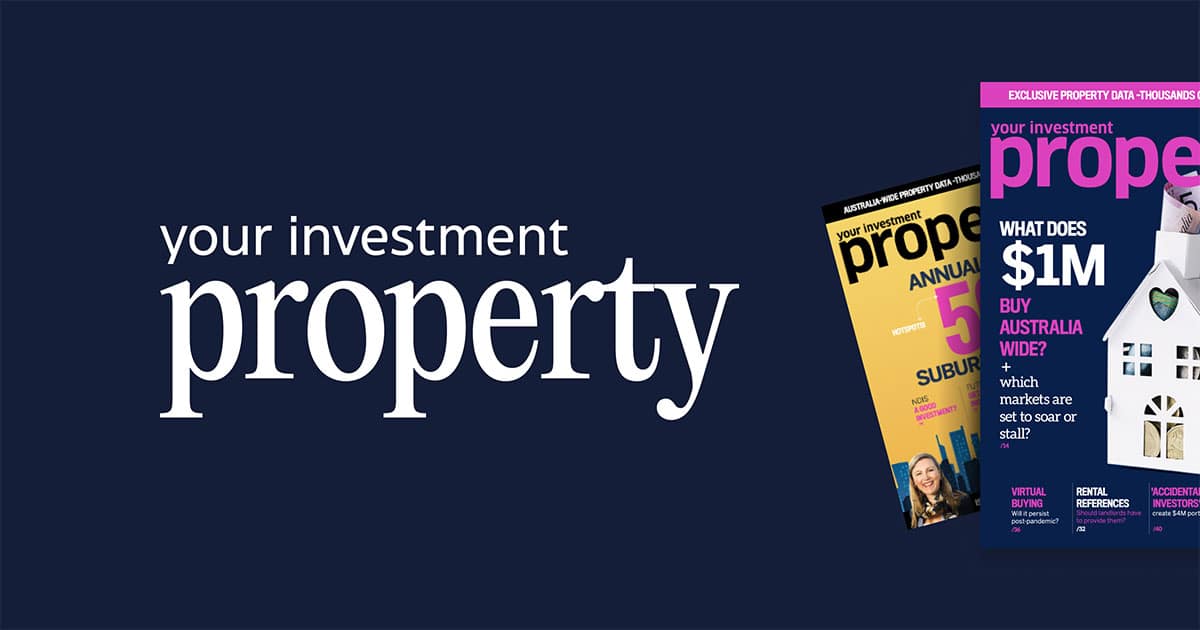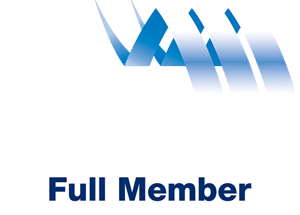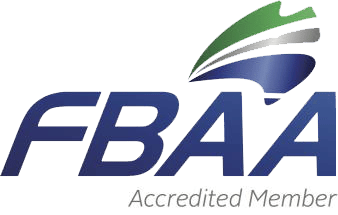Property Investment and owning property has long been referred to as the Great Australian Dream, but research has revealed what we have all long suspected: it’s no longer just a dream; it’s an obsession. According to 2019 research by HSBC Bank, Australians spend an average of 2.5 hours a week focused on property, more than twice their time at the gym (1.08 hours) or speaking to their parents (0.88 hours).
The property is an even more popular investment than shares. The most recent value puts the property market at more than four times the share market–with a capitalisation of around $2.47 trillion.
The Pros of Investing in Property
Of course, several issues are worth weighing up before deciding whether to invest in property. Some of these are positive factors for investors, such as:
Low Barrier to Entry
Property is often seen as less of a risk than other investments, usually because it doesn’t require specialised knowledge, such as what is needed for a niche market–such as NFT Trading or selling and buying cryptocurrency. It also comes with ample benefits, such as capital gains, rental yield, and tax deductions, which we’ll explore below.
Capital growth on the property.
Capital growth refers to the increase in the value of your property over time, which is calculated by comparing the current market value with your initial purchase price. For example, if you purchased a property for $500,000 ten years ago and it is now worth $900,000, you’ve made $400,000 in the capital.
Australian property investors have traditionally enjoyed high capital gains returns. According to the latest CoreLogic Pain & Gain Report, which consolidates data from approximately 102,000 resales in the quarter, 93.8% of those sales made a profit.
“This was steady in the March quarter but has moved lower from a recent high of 94.1% in the three months to April 2022,” the report reads.
Overall, the median gain for sellers during the quarter was $270,000, while the median loss was $33,500.
Rental yield
While capital growth will take years and even decades to hit your bank account, rental yield offers more immediate rewards.
Ultimately, rental yield is the difference between the income you receive from tenants minus the overall costs of your investment.
If you intend to rent out your property to tenants, then it is paramount that you consider the investment property’s potential rental yield. For example, a rental yield between 6-11% would be regarded as a good return for an investment.
However, the rental yield will differ from state to state.
“Generally, rental yields are higher in capital cities than in regional or metropolitan areas, although a significant shift in lifestyle due to the pandemic has resulted in a notable change in the past 24 months for certain areas of the country.
Additionally, investors may find that properties with good rental yields are less expensive to purchase than those in areas promising good long-term capital gains. This means that the costs associated with a purchase, such as tax and mortgage repayments, will also be less overall.
Investment in a physical asset
For some, a major driving factor for investing in property is that it is a tangible, physical asset. Unlike shares, individuals can see their investment in its physicality. They can drive past the property and fix whatever is broken.
Tax deductions
If you rent out your property, you can claim deductions for most of the expenses you incur in these periods.
Enter the negative gearing tax break. As the ATO explains, your rental property is ‘positively geared’ if your deductible expenses are less than the income you earn from the property. Conversely, if your deductible expenses are more–and therefore you do not profit from renting out your property–it is said to be ‘negatively geared’.
“Australians benefit from negative gearing because the government doesn’t have resources to provide adequate accommodation to the burgeoning population, let alone affordability schemes and incentives.
“By adding tax incentives for investors, [the government has created] a stimulus to investors to buy and support the construction of more dwellings. This translates into more jobs, service providers, and opportunities and keeps the country developing.”
The capital gains tax discount is another tax incentive investors enjoy. The CGT discount was introduced by the Howard Government in 1999 and allowed individual taxpayers to reduce their CGT by 50% if the asset–including property–has been owned for at least 12 months.
However, it is essential to note that if the asset is your home and you first started using it for rental or business purposes less than 12 months before disposing of it, you cannot claim the CGT discount.
Cons of Property Investment
Then, of course, there are the downsides to consider, including.
The Risks
Despite the many perks of investing in property, there are some more challenging aspects that potential investors need to consider before jumping into the market.
This includes that you can’t simply decide to invest in property; there are ample fees, entry costs, and decisions to be made before a property can be purchased.
Here is an explanation of some of the cons involved with property investment.
Challenging–and costly–entry and exit
Unlike shares, the property market is financially challenging to enter and exit. There are extensive entry expenses, including stamp duty, legal, and real estate agent fees, which we explain more in-depth below.
You also cannot sell your property in a hurry if you need cash quickly, which you can do with shares.
Fluctuating Property Market
While the property market isn’t anywhere near as volatile as the stock market, its value still fluctuates. And, as property is a long-term investment, an investor will likely see their property increase and decrease in value.
In fact, in July 2022, the average home value had moved -2.0% lower than the peak in only a couple of months from April 2022, CoreLogic reports.
Need to find tenants and property managers.
While rental yield is a convincing prospect for potential investors, it comes with challenges: finding the tenants to pay the rent consistently. Along with the tenants, management costs and requirements are associated with renting a property. There will be periods when the property is empty, and you will need to find new tenants, which could mean covering the cost of the mortgage on your investment entirely on your own.
Some may choose to manage the rental aspect of their investment property themselves; however, it is most common to outsource to a property management company. In doing so, the investor is then looking at another ongoing cost.
What Type of Property Makes a Good Investment?
There are many perks to owning a property, but it’s also a decision that should not be taken lightly. It’s important to consider where you want to invest in a property and what type is best for investment.
House vs apartments
Choosing to invest in a house or an apartment is entirely dependent on the intentions of the investor.
“It’s important to do your calculations before purchasing an investment property and looking at the rental yield and return you’ll get on the investment, as well as keeping in mind the costs associated with owning property.
“For example, a $2 million 3-bedroom penthouse apartment might rent out for $1,500 per week, whereas a $2 million 3-bedroom house in the same suburb might only fetch a rent of $850 per week.
“If you intend to purchase the property to renovate or even knock down and rebuild down the track, then the rental yield might not be the biggest concern for investing and making a profit. Therefore, capital gains will be an essential factor.
“If the property is purchased based on the intent of generating an instant source of rental income, the investor will try achieving the best possible rental yield on that property.”
Therefore, the choice between a house or an apartment comes down to first choosing what your purpose of investing is: capital gains or rental yield.
Owner-occupied or rental properties?
Commonly, an investor looking to invest for capital gains may choose to live in the property they have invested in. Meanwhile, investors looking to profit from rental yield would have their property tenanted.
In terms of profitability between owner-occupied or investor resales, CoreLogic’s latest research explains that while the national rate of profit-making sales stands at 93.7%, there is a significant difference between owner-occupied and investor resales.
In the June quarter, investors were around 35.8% more likely to have a loss-making sale through the quarter. If any profit were made, the median nominal gains were also lower ($223,000) than those for owner-occupied resales ($348,000).
This variance between investing in property for residential purposes before selling and solely investing as a capital growth and rental yield investment is an essential consideration for interested investors. In addition, it can help the investor to consider what type of property to buy and in what location.
What to Avoid When Investing in Property
Along with avoiding the highways and train lines that may put off prospective tenants or buyers, and also avoid cutting corners”.
“Some investors don’t want to spend money with accurate reports, professional services or due diligence.
But speaking with financial planners, mortgage brokers, and real estate professionals will help give you an idea of the best property to purchase, which fits your investment intentions”.
Ask yourself the following questions before jumping into an investment property.
- Do you plan to move in one day?
- Do you only plan to rent the property to earn a passive income?
- Is this the first home purchase to get into the market?
- Do you plan to renovate/upgrade the house to sell it for a profit then?
How Much Can I Borrow?
It would be best to talk with your bank to determine how much you can borrow. The bank will calculate your borrowing power based on how many people will be going in on a loan; how many dependents you have; whether you are living in the property first or solely using it as an investment; whether the property is already built; the state you are buying in; and your current salary.
It’s important to know that choosing to borrow money from the bank for Investment loans is also more expensive than loans for owner-occupied properties.
While borrowing to invest can give you access to more money, it also has more risks, such as more considerable losses and higher interest rates.
Speaking to a mortgage specialist to decide which loan is best for you is always best.
The Costs of Investing in Property
Property investment involves many more costs than the sole purchase price or mortgage repayments. Expected investment costs are explained below.
Stamp duty
Stamp or land transfer duty is the cost of transferring a property from one owner to another. It’s a compulsory, state-imposed tax, meaning its cost varies from state to state. The time required to pay stamp duty also varies depending on which state you have purchased property.
Stamp duty is calculated depending on the dutiable value of a property (generally the purchase price or market value of the property); the date of purchase; whether you are an Australian or overseas investor; if the property is a new home, an established home, or vacant land; if it will be your primary residence; and if it is your first property purchase.
To find out how much stamp duty you will need to pay, each state government offers a stamp duty calculator online.
Conveyancing and search fees
In a nutshell, conveyancing is the legal work involved in buying a property and transferring ownership from the vendor—or seller—to the buyer. It protects the buyer against nasty surprises in the future and ensures they’re aware of any potential issues with the property before they commit to the purchase.
However, conveyancing costs money, and conveyancing fees are split into two parts:
The solicitor charges legal fees. According to the Australian Institute of Conveyancers (AIC), conveyancing fees typically vary from $700-2500, although they can be higher for more complex transactions such as leasehold properties. You’ll usually have to pay conveyancing fees even if your purchase fails.
Third parties charge disbursements for various searches and legal documentation. Examples include a certificate of title search, mortgage registration, and inspection fees.
It’s important to note that each Australian state and territory is governed by their Australian Institute of Conveyancers divisions and may have different pricing costs and agreements.
Property inspections
No matter what type of property you are purchasing, it’s paramount that you have it inspected by a qualified building inspector. This will check for minor and major defects, quality of construction, structural integrity, moisture issues and the potential for termites. While costs vary depending on the size of the property and the inspector’s call-out fees, investors should expect to pay between $500-$800.
Additional ongoing costs
There is also a multitude of ongoing costs that individuals need to be aware of before investing in property. These include council and water rates; building insurance; landlord insurance; body corporate fees if you buy an apartment or villa; land tax; property management fees; and maintenance costs.
Final Word
With the initial cost and the ongoing requirements, potential investors need to know that property investment cannot guarantee income.
And while the falling property prices across the nation’s capital city may seem like an enticing prospect to buyers, it’s essential to research, talk with experts and specialists, and consider your finances before jumping on the property-owner bandwagon.
Read: What you should know about buying a tenanted investment property https://firstpointmortgagebrokers.com.au/is-now-a-good-time-to-buy-an-investment-property












